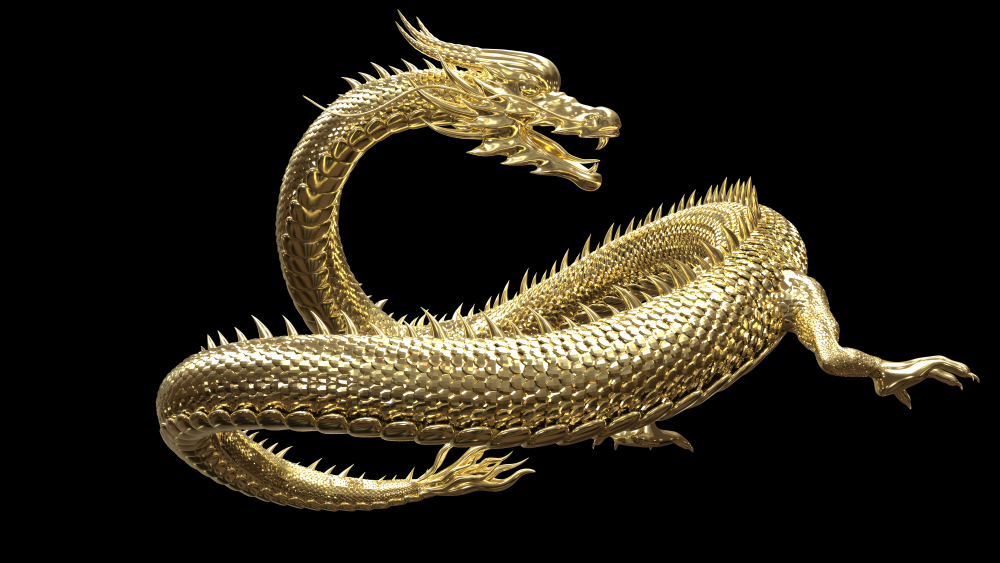Why geopolitics now matter more
In the past few years, investors and economies have grown somewhat insensitive to geopolitical surprises. Brexit, for example, did not cause the massive initial shock to either the economy or the stock markets that many analysts had predicted. Neither did Mr. Trump, whose election has sent stocks soaring by more than 33%, as well as improving consumer and business sentiment is at an all-time high. Economies are actually slow to respond to geopolitical events and if their repercussions play out gradually, it stands to reason that the process of pricing in such events will also be gradual.

However, this trend has begun to change. Markets are now increasingly sensitive to news such as “trade wars” or European elections. This sensitivity comes down to one key factor: the withdrawal of uber-accommodation by central banks, which in the past have been quick to provide an uplift for traders every time volatility spiked.
As accommodation is withdrawn, the consequences of previous events now begin to play out. Trade wars, the politics of Japan or even White House tumult have become more important for global asset allocators who are now fixated at the increasing intensity of trade salvos exchanged between the world’s two biggest economies: the US and China.
Trade wars explained
In the past month, the US government has entered a course of action which could bring a trade war with one of its biggest partners, and the world’s second largest economy, China. In March President Trump announced a 25% tariff aimed mainly at Chinese steel imports. China retaliated in early April, and the US government upped the ante, forcing China to respond. In mid-June, the US President struck again, slapping 10% tariffs on Chinese products worth $200 Billion. What is important to understand here, however, is that despite the speed and ferocity at which these trade war salvos are fired, this series of events has been in the making for a long time.

Since it’s admittance to the World Trade Organisation, in 2001, China has made certain it maintained a surplus, both in trade and knowledge, with western countries.
A quick read of a Financial Times article penned by Mr. Trump’s chief economic trade advisor, Peter Navarro, suggests that the administration is not pursuing another Smoot-Hawley act-a famous law where the US imposed a 25% tariff on 20,000 goods in the 1930’s, in effect crippling its own exports as other countries retaliated.
The current skirmish is more of an attempt to recreate the Plaza Accord, a 1985 event where the US strong-armed Japan to revalue its currency versus the USD, in effect ending its mercantilist expansion and plunging the economy into a twenty-year stagnation. Mr. Trump surely remembers how fast Japanese companies had been taking over New York in the 80’s, and how quickly they were forced to withdraw.
China like Japan?
We believe that there are significant differences between now and then. For one, China is not beholden to the US for its defence, as Japan was. Also, the Japanese economy has been notoriously closed and protective to this day, whereas China has been gradually opening up to the world. In fact on April 10, President Xi Jinping announced that he will be opening key sectors to outside investors, proving that he had learned his lesson from history. China, is also already in the process of gearing its economy towards consumption, meaning that it is more reliant on its own consumers and technology than ever before, and exports matter less than they did before. In fact, Chinese exports as a percentage of GDP have already fallen from 37% in 2006 to 19% in 2016.

Finally it is one of the US’s largest external lenders, holding 6% of the US’s $20tn debt. On the other hand China is suffering from exponentially higher levels of debt over the past few years.
Will a fully-fledged trade war hurt the global economy? Most probably, especially given the importance of China in the global supply chain and the pre-eminence of the US consumer. But we are not there yet. Both sides have too much to lose.
China is much stronger than Japan was in 1985 and less likely to give away too much, but its high levels of debt mean that its economy is at a very delicate point in its economic cycle.
The US’s vantage point is also not very strong. A slowdown in growth, brought forth by retaliatory trade measures and an overall global slowdown could hurt the government’s ability to finance its tax cuts, the $390 Billion stimulus programme and its projected infrastructure programme. Given the country’s high debt to GDP (105%) and a growing deficit (4.2% in 2018 up from 3.4% in 2017) it can ill-afford a slowdown in growth, especially one of its own making.

Conclusions
The objective of war, according to the US military, is “the destruction of the enemy’s ability and will to fight”. War is thus an engagement, which, once undertaken can only end if total victory is achieved, or total loss suffered. However, “destruction” of an enemy’s ability to produce might be a viable objective, if the one does not rely on the enemy’s products. Given the co-dependent and symbiotic relationship between the two countries, where upon China has become the world’s biggest producer exporting to the world’s biggest consumer, the US, it is hard to see how one country significantly hurting the other could further its own interests.
So long as both sides, the US especially, are happy with some concessions, we would be very careful of using the word “war” to describe the current state of affairs. While the risks of a trade war erupting are significant, part of a longer trend, we feel that both sides have too much to lose. The US may lose its, anaemic by historical standards, growth, and China its carefully planned transition to a consumption economy. So far, we are seeing skirmishes and strong-arming and still plenty of room for compromise.




















































